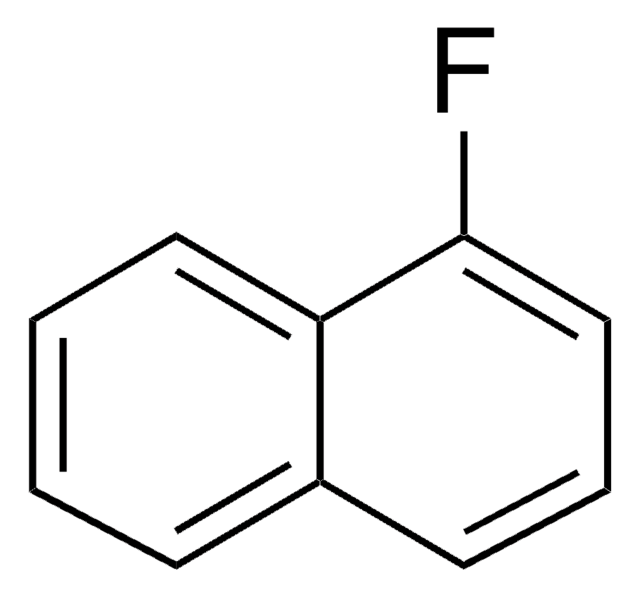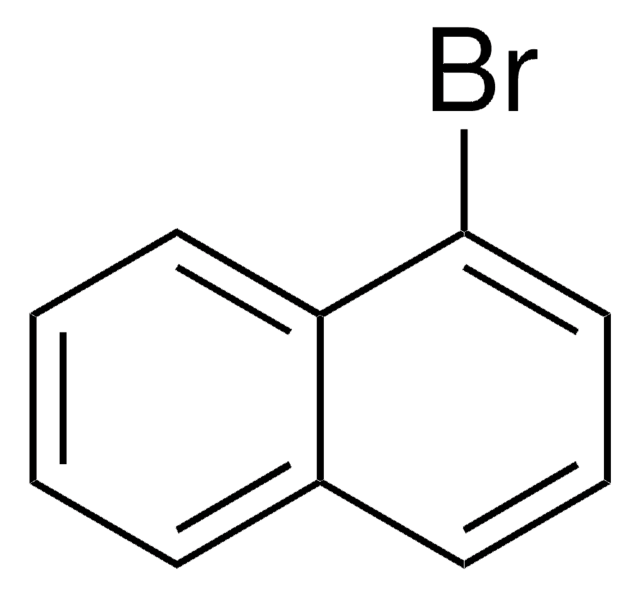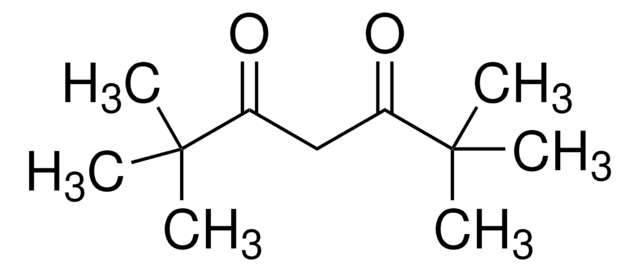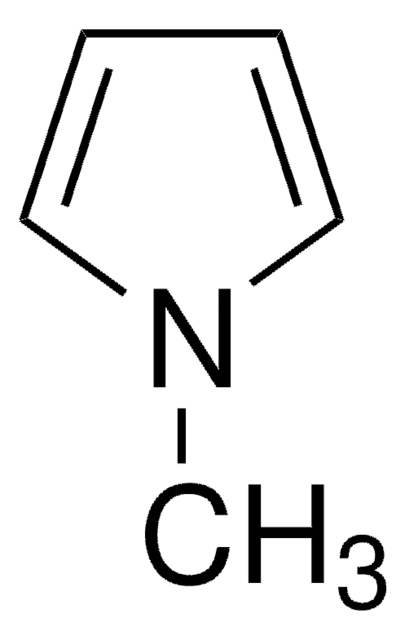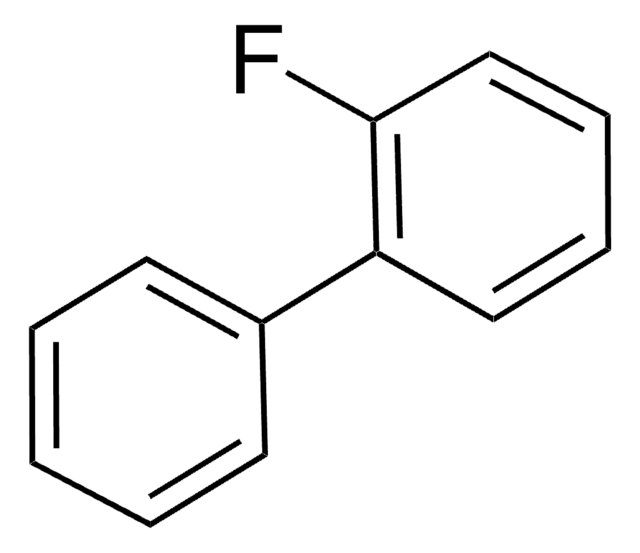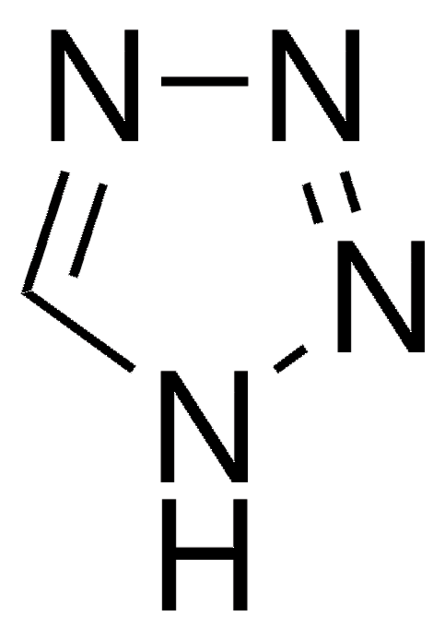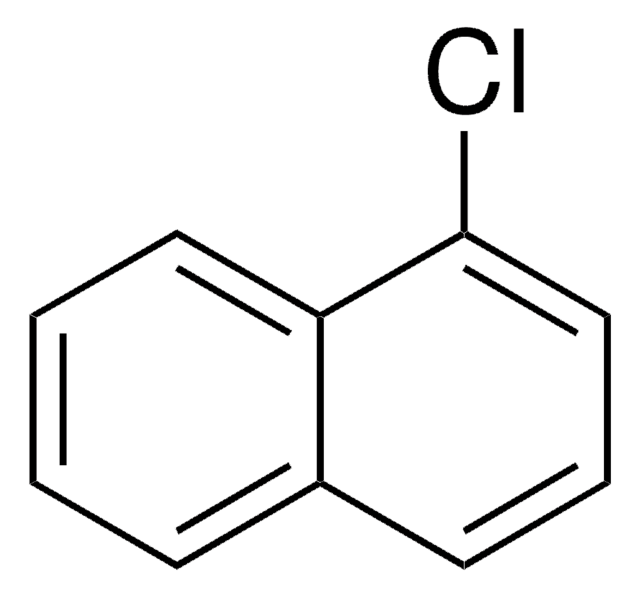Wichtige Dokumente
196657
1-Fluornaphthalin
99%
Synonym(e):
α-Fluoronaphthalene
About This Item
Empfohlene Produkte
Assay
99%
Form
liquid
Brechungsindex
n20/D 1.593 (lit.)
bp
215 °C (lit.)
mp (Schmelzpunkt)
−13 °C (lit.)
Dichte
1.1322 g/mL at 20 °C (lit.)
Funktionelle Gruppe
fluoro
SMILES String
Fc1cccc2ccccc12
InChI
1S/C10H7F/c11-10-7-3-5-8-4-1-2-6-9(8)10/h1-7H
InChIKey
CWLKTJOTWITYSI-UHFFFAOYSA-N
Suchen Sie nach ähnlichen Produkten? Aufrufen Leitfaden zum Produktvergleich
Allgemeine Beschreibung
Anwendung
Signalwort
Warning
H-Sätze
Gefahreneinstufungen
Eye Irrit. 2 - Skin Irrit. 2 - STOT SE 3
Zielorgane
Respiratory system
Lagerklassenschlüssel
10 - Combustible liquids
WGK
WGK 3
Flammpunkt (°F)
149.0 °F - closed cup
Flammpunkt (°C)
65 °C - closed cup
Persönliche Schutzausrüstung
Eyeshields, Gloves, type ABEK (EN14387) respirator filter
Hier finden Sie alle aktuellen Versionen:
Besitzen Sie dieses Produkt bereits?
In der Dokumentenbibliothek finden Sie die Dokumentation zu den Produkten, die Sie kürzlich erworben haben.
Kunden haben sich ebenfalls angesehen
Protokolle
US EPA Method 610 describes the analysis of polynuclear aromatic hydrocarbons (commonly referred to as PAHs or PNAs) by both HPLC and GC.
Unser Team von Wissenschaftlern verfügt über Erfahrung in allen Forschungsbereichen einschließlich Life Science, Materialwissenschaften, chemischer Synthese, Chromatographie, Analytik und vielen mehr..
Setzen Sie sich mit dem technischen Dienst in Verbindung.